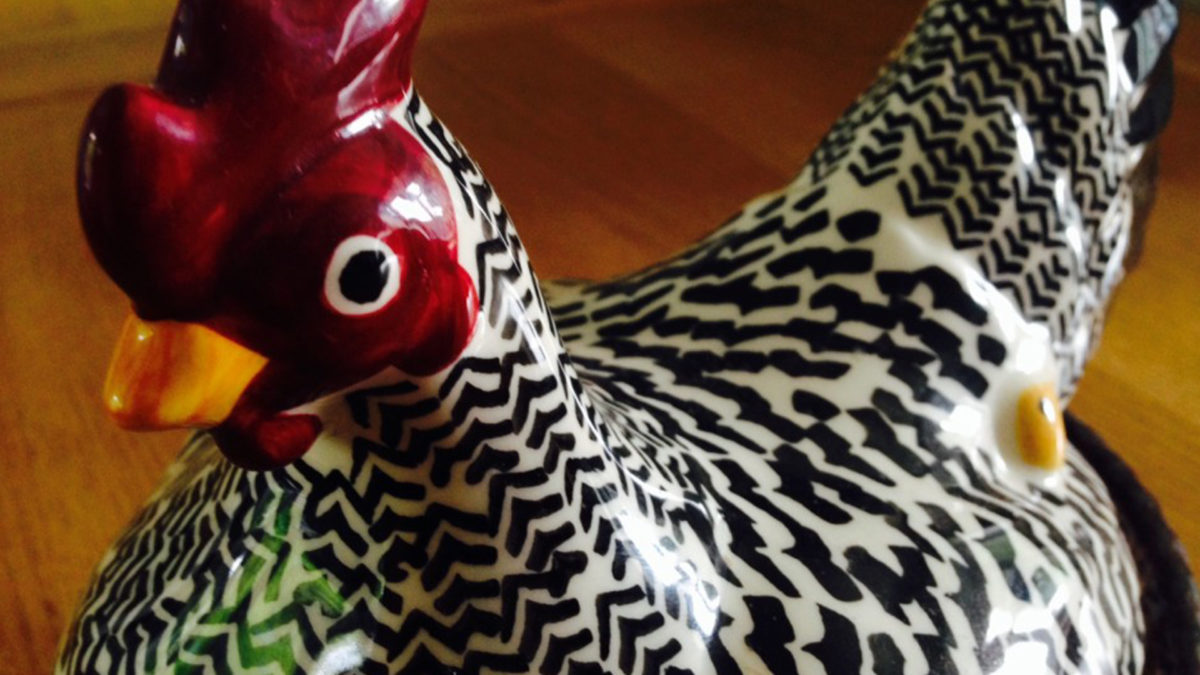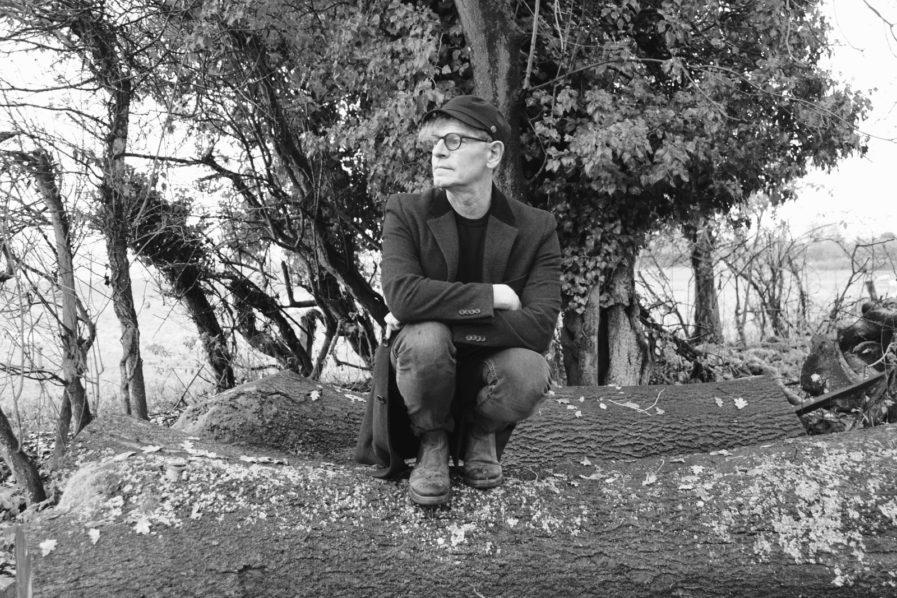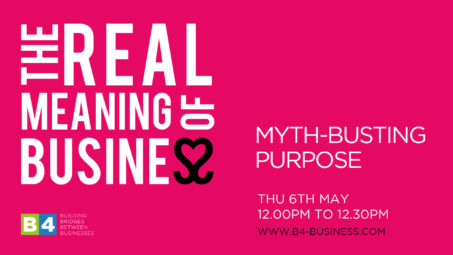
Twist, stick or fold?
So, it has started to happen. Now that we are through the initial shock to our systems (and the system) and have begun to adapt to our different ‘interim normals’ with all the attendant varying amounts of confusion, fear and possibly grief, some have started to think and talk about the future and others are already moving forward.
Some can’t wait to get back to normal, some can’t wait to see a new or next normal (mostly in some kind of utopian way), some can’t bear the idea of any change and others want to see massive change. Most are falling between two stools and want both – big change here AND no change there, back to normal AND a new normal.
All of these ‘ideal’ states are of course impossible to achieve and utterly wrong. I’m not sure which is more wrong but I hate the idea of going back to normal almost as much as I hate the idea of finding a ‘new normal’. Normal was never normal anyway and it never will be. Normal doesn’t necessarily mean right either.
In fact, normal was becoming increasingly abnormal in the years before Covid because of the increasing rapidity of change – in technology, innovation and social issues recognition etc. but, more viscerally, in people’s awareness of, and growing concern about, ‘The Way Things Are’.

Normal – past, present and future – suggests a steady state over time, something we can get used to and rely on. I’m not sure this can or will happen, or even if it is right for it to happen at all, so what are our alternatives when the only certainty, for all of us, is change – welcomed or unwelcomed?
The ‘herding cats’ approach to change.
I’ve always loved the phrase ‘People only fear two things – change and the way things are’.
At one point I thought I may have created it myself until a friend abruptly disabused me of this notion.
Nonetheless, I love it. It perfectly sums up a central human dichotomy and the tensions between keeping things as they are or changing them, hopefully for the better (key word here is often, sadly, ‘hopefully’).
Two things are clear though – each of these states are imperfect opposing forces and falling between them – making change and keeping things the same – without reconciling these two extremes, is usually profoundly damaging when you fail at both. Sitting on the fence can be really uncomfortable.
Personally, I celebrate and am excited by change. Most of my career has been spent creating change of one sort or another and much of my personal life has involved both the fear and thrill of change. That said, I definitely don’t want to change everything – my wife for instance. Some things are much better left unchanged.
Historically, for businesses and organisations, iterative change – a bit here, a bit there – has always been hard, is often ill-conceived, often has ‘herding cats’ as its primary planning approach and almost always ends with underwhelming positive outcomes, if any. Tinkering at the edges might improve a bit in one area but it almost always upsets things in others. The loss is almost always greater than the gain.
Change, when conducted piecemeal, within the context of endemic fear of, and resistance to, change (including, frighteningly, from those charged with leading and implementing it) and set within a culture that has been nurtured to maintain systemic, binary and hierarchical steady states and balance (The Normal), is nigh on impossible and inextricably leads to failure. The mixed messages alone are guaranteed to create initial confusion and doubt, expanding inertia, eventual resistance or worse, apathy and then fatalism.
Continuous piecemeal change (another way perhaps of describing the reality, rather than the definition, of most ‘agile’ organisations), when set within a culture and conduct that has not been carefully aligned to change; and guided by ‘strategies’ that fail to bind change elements together over time (because they aren’t really strategies), leads to change fatigue.
Overlaid on all this, change that is embarked on without clarity of purpose or that is an unplanned or poorly conceived knee-jerk reaction to change elsewhere, that in turn causes a crisis, aka panic, aka headless chicken mode, is doomed.
Worse still, having failed once, the opportunities to create effective future change are eroded by a loss of confidence before they have even begun.
And so organisations revert back to ‘resistance to change’ mode with chastened leaders, sceptical teams and individuals, fearful change agents and an ‘if it ain’t really broke, don’t fix it’ culture.
Fear, failure, fatalism and fatigue are not great inspirers of anything, let alone more change.
Besides, with so much BAU to address, so many short-term targets to meet and so much steady state to manage, who has time to think about change anyway – what a waste of time and brainpower and treasure. Why risk more fear, failure, fatalism and fatigue?
The problems with poorly planned iterative changes that are not rooted in a substantial reason and strategic vision are many and various but the real biggie is that people don’t really like change.
Most people will do almost anything to avoid it and even when engaged in it, most try to minimalise it and keep it as close to their current, unchanged states as possible. The default position is it go through the motions of change with as little fuss or disruption or cost in time and treasure as possible. This is, perhaps, why we hear the phrase ‘back to normal’ so much. “This change lark will blow over and then we can revert back to how things always were”.
So far, so bad. Herding cats always ends in tears – unless you are the cat.
The sweeping grand gesture approach.
Over the last few years, lots of earnest, creative, farsighted and thoughtful people, including me (well I’m earnest if nothing else), have been looking at the world with increasing concern but with their fine minds firmly focused on a systemically changed future. Discussion and debate has looked at really massive change issues like society, democracy, globalisation, capitalism, agency, inclusivity, citizenship, work, government, all sorts of policy, education and much else.
Within these big concepts (or grand strategies) there have been some big and mind-bending philosophical recurring themes, equally far reaching and deeply considered – and very very relevant. What is the role of business? What is its Purpose? How can equity and agency be better created for everyone? What should we teach our children for their future? Have we left the consumer age and entered the citizen age? How will ‘work’ change? How can we ensure more effective and sustainable social issues resolution? What is self? How can we move from individualism to an interdependent society? What is our role, contribution and value – and to who or what?
The challenge, until very recently, has been that although these thoughts, questions and ideas have been very much in the public domain and various opinions, research and discourses have been widely published, very few actual people have been engaged in this or even been aware.
In the business community for instance, the concept of corporate purpose as being single-mindedly about profit and shareholder value has been increasingly challenged. Should business have higher purpose – as Professor Colin Mayer describes it ‘to produce profitable solutions to the problems of people and planet and in the process it (a corporation) produces profit’? Where does a passing nod to CSR transition (change) into a primary focus on business as a force for good – the common good? What is the tipping point where business needs to take this approach more seriously or risk losing the ‘force for good’ competitive battle and the hearts and minds of increasingly aware and cynical consumers.
Some enlightened and capable business leaders, with opportunity to make radical change and people around them who get why they should, have addressed these issues and begun to re-imagine their entire organisations. Others have tried and failed through poor vision, strategy setting and planning, communication and implementation. Others haven’t even tried because they either don’t care or they do, but don’t see how they can change.
The vast majority of business leaders though, for one reason or another, haven’t or can’t even begin to see how their business and propositions can possibly contribute in these ways. They are out of scope because they are struggling just to make any money at all, let alone profit, let alone ‘more than profit’. They may not even be aware of the discussions in the first place.
One thing is certain though, for every business or organisation that has the perfect blend of enlightened leadership, opportunity to change, reason to change, visionary ambition and the sheer drive to compel everyone around them to create a new future, there are thousands of others who can’t or won’t even engage in the possibility OR who have tried, in the piecemeal, unfocused and poorly implemented ways described above and failed – possibly to never try again but leaving a legacy of fear, failure, fatalism and fatigue.
The reality is that, no matter how well intentioned, sweeping grand gestures, wholesale change, big vision thinking and a desire to be more purposeful rarely lead to effective, sustained and rewarding change alone.
So, what the (4 -letter word beginning with F that isn’t Fear) are we supposed to do?
It’s a good question and there are no simple answers.
Iterative change, herding cats in the margins, where the primary aim is to maintain the steady state as much as possible and where ‘vision’ and ‘purpose’ are considered as marketing tools, strategy is considered as a luxury if considered at all, future planning is something to be ‘done’ if/when there is a downturn in actual doing and culture is something that just ‘happens’, is bound to fail – with all the outcomes described above – all ‘F’ words.
Grand sweeping gestures, ignored by many, dreamt about by some, affected by very few and affected well by one in a million are great but, the bigger the change, the harder the fall unless held up by systemic change planning, rigour, total commitment and above all, a substantive, compelling reason. These are hard to do and harder to maintain.
The good news, is that all the really big thinking described above was slowly but surely moving to the centre anyway. It was starting to be thought about by more leaders, more doers and more mavericks but mostly, it was starting to be seriously considered by us, ordinary people – workers, consumers, customers, fans, voters, aka citizens, aka humans.
Increasingly, people like us were beginning to ask their own questions, in their own ways, in their own homes, workplaces and communities. Change was beginning to move from the rarified atmosphere of the thinkers and in to the rich oxygen of doers.
Groundswell was being created, movements for change were creaking into the mainstream, people were beginning to challenge many of the steady states of life as we knew it. Many were beginning to question themselves, their place and purpose, their value and their role, their work. While some chose to ignore these disquieting and de-stabilising thoughts, increasing numbers decided to do something about it. Resistance to change, fear of change and the sheer daunting nature of change were beginning to be overcome, in small, often unplanned ways.
And then COVID hit. No-one, dear readers, needs or wants any more thoughts, ‘expert’ advice, crisis management techniques or even debate about COVID. We have all been there and done that. For better or worse, we have all made unplanned, incremental changes in the last few weeks. We have all been herding cats.
Similarly, almost no-one wants or needs any more conjecture or ideas or grand sweeping gestures about what the future will look like. We don’t really know. We certainly don’t know what the new or next normal will look like. I really hope it doesn’t look like anything. I don’t want normal because normal suggests something we can engineer and then forget about to get on with our daily lives and ignore until the next big need to change. Normal is, at best, only good if we happen to be able to enjoy it. Normal is really bad if we are suffering through it or see it as damaging.
My preference, for businesses, organisations, leaders and most importantly, ordinary people, is that we forget normal and start to consider everything from society to our ordinary role in it as ‘work in progress’ or as my friend Ady Suter pointed out, a constant state of flux.
Let us assume that things will never be perfect or right but that, by creating a balance between grand sweeping gestures/the pursuit of purposeful aims AND carefully planned, iterative changes to meet those aims – where equity and inclusivity – through agency, changed approaches to traditional leadership and binary hierarchies and a real understanding of what an interdependent society and our roles within it might look like, we might just start to actually work together, fully, and find that change done well is something to be celebrated and valued, not feared.
Maybe then, we won’t need to fear either change or the way things are. Maybe we won’t have to rely on others to make change happen. Maybe we can do it ourselves, together. You never know, if you/we overcome fear, we might just start enjoying change.
If anyone wishes to talk about the concepts discussed here, particularly relating to change, purpose, strategy, future conduct/culture and planning, please do get in touch by messaging on LinkedIn or at…
From this author

Myth-Busting Purpose
In this episode of The Real Meaning of Business, Sam Kandiyali and Steve Cook are joined by Andy Green as they tackle some of the myths surrounding purpose and meaning in business.

Myth-Busting Purpose
In this episode of The Real Meaning of Business, Sam Kandiyali and Steve Cook are joined by Andy Green as they tackle some of the myths surrounding purpose and meaning in business.

The noble art of selling
No matter whether I’ve been studying conceptual and critical thinking or working with global tech enterprises, or with relatively simple businesses, or with organisations dealing with profound social challenges, or with the institutions that claim to represent us in Government, Education, Healthcare provision and Justice, or with those that want to find better ways for us to work and live and interact with each other, or in my work with movements and coalitions for change who are looking at massive subjects like climate change, the future of business, work, consumerism, capitalism, democracy or even society itself, I keep coming back to the same two basic concepts

